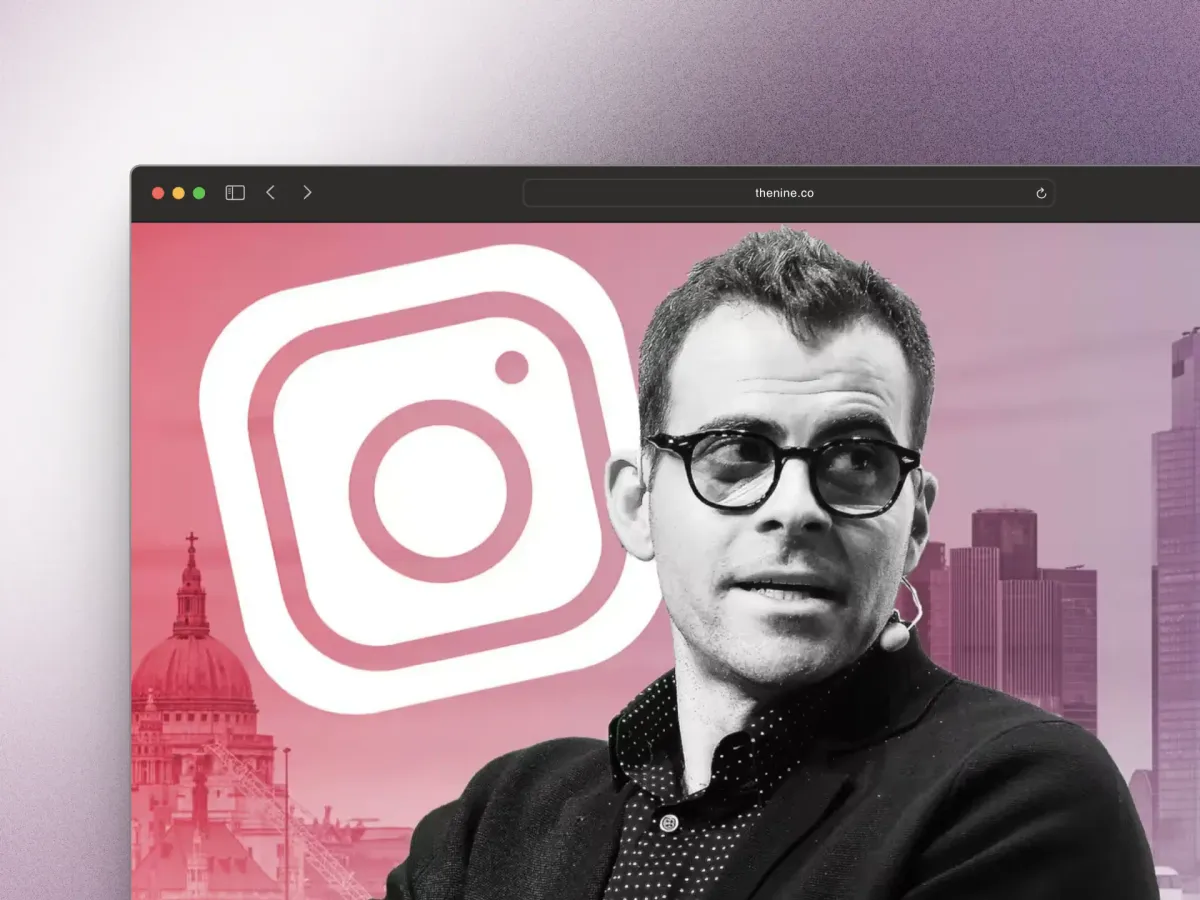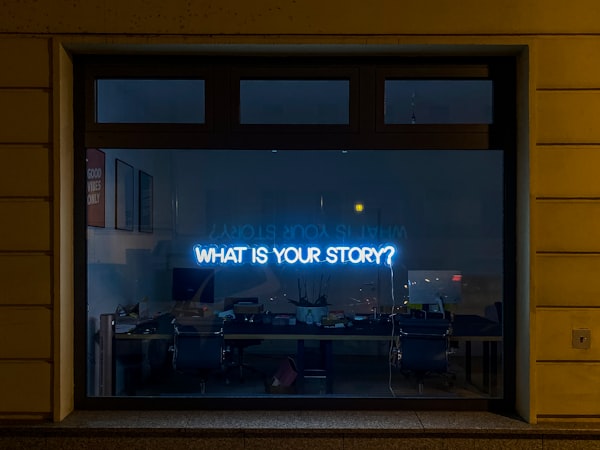Instagram's Future: Key Takeaways from Adam Mosseri's Recent Comments

Instagram head Adam Mosseri recently appeared on the Creator Mindset podcast, offering insights into Instagram's direction. His comments reveal where the platform is heading and what it means for creators.
In this post, we'll break down five key takeaways from the interview and what they signal about Instagram's future.
1. The Feed Is No Longer the Main Focus
Mosseri made the surprising statement that the Instagram feed is only the "third or fourth most important surface" now. Stories and DM sharing have grown far more over the past five years.
He noted that teens spend more time in DMs than Stories, and more in Stories than feed. People no longer share personal moments to their feed like they used to.
This confirms that Instagram is moving away from being just a place to post photos. Messaging and ephemerality are becoming integral to how people interact.
For creators, this means the feed can't be your only content focus. Leveraging other surfaces like Stories and DM sharing will be key to reaching and engaging your audience.
2. Instagram Isn't Optimized for Messaging
Despite the growth in messaging, Mosseri acknowledged that Instagram isn't optimized as a messaging platform:
"But the thing is, we're not a messaging app. If I was going to run late to today's podcast, the best way to let you know would probably be to text you on WhatsApp. It wouldn't be on Instagram."
He sees DM messaging as more of a "conversation starter" around content. Responding to someone's Story is socially acceptable in ways a cold DM isn't.
This means creators should focus on using messaging to build deeper connections and engagement with content - not replacing other communication channels.
3. Video Challenge Instagram's Business Model
Mosseri admitted that video poses monetization challenges compared to photos:
"Actually video tends to be good for time spent and bad for everything else. Bad for revenue, bad for comments, bad for likes, bad for sends, et cetera."
Photos provide more ad inventory, while video is a "downward pressure" on revenue.
But the demand is clearly there - video keeps people on Instagram more than photos now. This tension explains Instagram's fluctuating policies around Reels incentives.
As a creator, keep in mind video requires extra strategy to monetize compared to static posts.
4. The "Flywheel" Effect of Reels & Sharing
Mosseri believes Reels strikes an effective balance by encouraging video consumption and sharing:
"What works about Reels because we have the inbox integrated into Instagram is this sort of flywheel where you consume things, you send them to friends, then you start a conversation."
This flywheel effect explains the rise of shareable, "DMable" video content. Creating Reels tailored for messaging and conversations is key.
5. Simplifying the User Experience
Finally, Mosseri acknowledged that Instagram's interface has become overly complex:
"There's one portion of Instagram where you need like eight clicks back to get back to main feed. And I'm like, for fuck sake Adam, like. Yeah, no, it's a thing. Is that deliberate? No. It's too complicated."
He hinted at upcoming efforts to consolidate features and simplify Instagram's layout to improve usability.
We're already seeing Instagram remove less-used features in tests. A major "fall cleaning” likely lies ahead.
This underscores the importance of adaptable content strategies and not relying too heavily on any one content type or feature.
Key Takeaways for Creators
To summarize Mosseri's most insightful comments:
- Leverage different surfaces - particularly Stories and DM messaging to complement your feed.
- Make video shareable - design Reels that get people conversing and sending to friends.
- Prepare for simplification - Instagram may remove underused features so remain flexible.
- Enhance social interaction - use messaging to build deeper relationships beyond just content.
- Provide diverse content - ensure variety between videos, photos, Stories etc. to adapt to changes.
While feed posts aren't going away entirely, they are deprioritized compared to emerging formats. Video, ephemerality, and messaging will only become more central to Instagram.
This insider perspective helps creators understand where Instagram is headed. Now you can refine your approach to align with the platform's long-term direction.
What key takeaways resonated most from Mosseri's recent comments? How do you plan to adapt your Instagram strategy based on these insights? Let me know in the comments!




